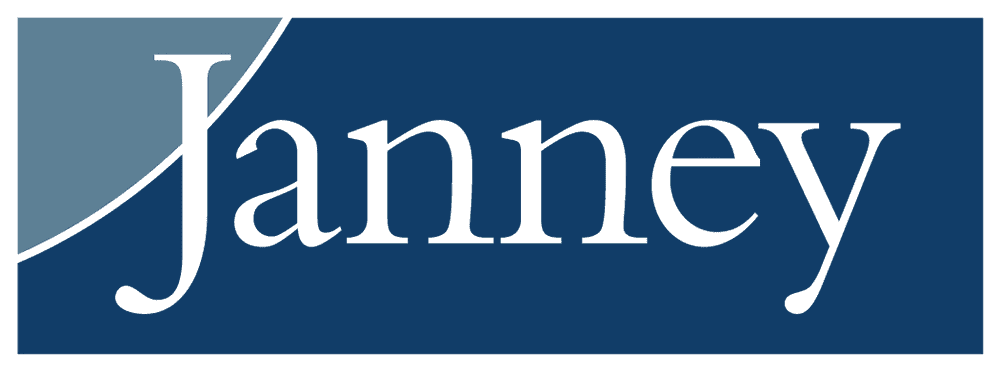
Why Record Deposit Growth Should Spur Funding Rebalancing
Brought to you by Janney

Is there such thing as a gold lining?
In a year with seemingly constant crises, finding silver linings has been crucial in maintaining optimism and planning for a post-pandemic future. Banks have faced myriad challenges, but core deposit growth may represent a fundamental strategic advantage for profitability enhancement.
Total FDIC-insured domestic bank deposit balances increased by nearly 18%, or just under $2.6 trillion, over the first nine months of 2020. While government stimulus efforts and the Federal Reserve’s return to a zero interest rate policy are driving factors, higher levels of deposits should remain on bank balance sheets into the foreseeable future. Forward-thinking banks should be proactive in repositioning this funding to aid profitability improvement for years to come. Core deposit growth gives banks a chance to reduce exposure to higher cost non-transaction deposits, brokered deposits, repurchase agreements and borrowings. But despite this year’s massive deposit inflows, the Federal Deposit Insurance Corp. reports that other borrowed funds have only declined by 12%, or $167 billion, over the first nine months of 2020.
Higher loan-loss provisioning in 2020 has strained net income across the banking sector, reducing net operating income to levels not seen since the Great Recession. This may make the costs of funding restructuring – such as prepayment fees or relationship discounts on loan pricing – seem like exorbitant earnings constraints, representing an impediment to action. We believe this is short-sighted.
Economic weakness and macro uncertainty has tempered loan growth, and forced banks to maintain larger balances of lower-yielding liquid assets on the asset side of the balance sheet. Most community banks remain heavily reliant on net interest income to drive higher operating revenues. But net interest margin pressure has accelerated in 2020; combined with negligible core loan growth (excluding participation in the Small Business Administration’s Paycheck Protection Program), operating revenues have been stuck in neutral. As a result, return on equity and return on assets metrics have suffered.
There are three reasons why banks should judiciously adjust their funding profiles while the yield curve maintains a positive slope and before competitive factors limit alternatives.
Driving higher core deposit balances in challenging economic times through above-peer rates not only promotes growth, but engenders customer goodwill and loyalty. Banks have the luxury of growing customer deposit balances by increasing their offered interest rates, which can be offset by reducing the reliance on higher-cost borrowings. Furthermore, assuming the Federal Reserve’s interest rate policy stays in place for several years, future opportunities will emerge to gradually adjust core deposit products’ rates.
Funding adjustments provide the chance to rethink deposit products, loans or investments that may no longer be core to the business strategy. Liability restructuring can be the impetus for corresponding changes to the asset side of the balance sheet. Perhaps certain loan categories are no longer strategic, or investment securities have moved beyond risk parameters. Asset and liability rebalancing can refresh and refocus these efforts.
Banks with higher core deposits as a percentage of total deposits higher tangible book value (TBV) multiples than peers. Our research at Janney shows that for all publicly traded banks, price-to-TBV multiples are 15% higher for banks with core deposit ratios above 80% compared to banks with less than 80% core deposit ratios. Better funding should also result in a higher core deposit premium, when a more-normalized M&A environment returns.
Nobody expects banks to perfectly forecast the future, but it would be a low-probability wager to assume that Fed intervention and the current interest rate policy will remain in place indefinitely. Banks that allow market forces to dictate deposit pricing and borrowings exposure without taking action are missing a huge opportunity. Making mindful funding decisions today to reduce reliance on non-core liabilities lays the groundwork for changes in future profitability and shareholder value.


